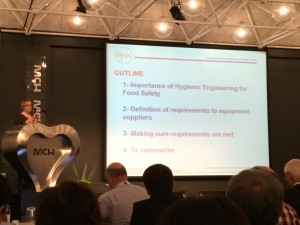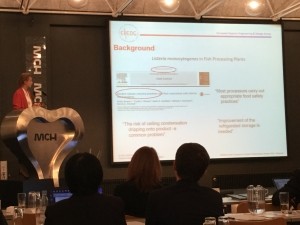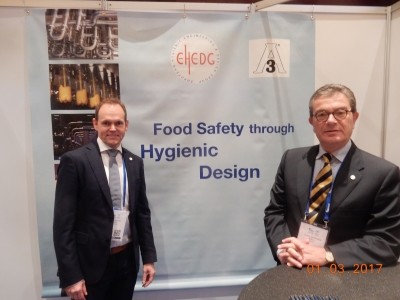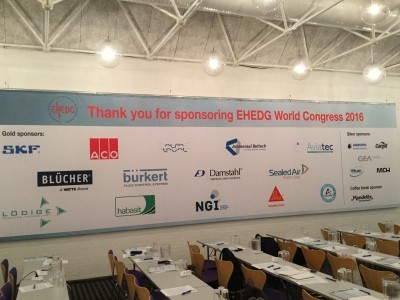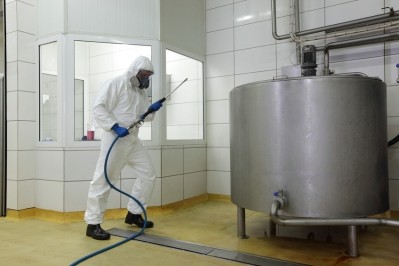dispatches from EHEDG Congress
Nestlé emphasises hygienic design importance at EHEDG
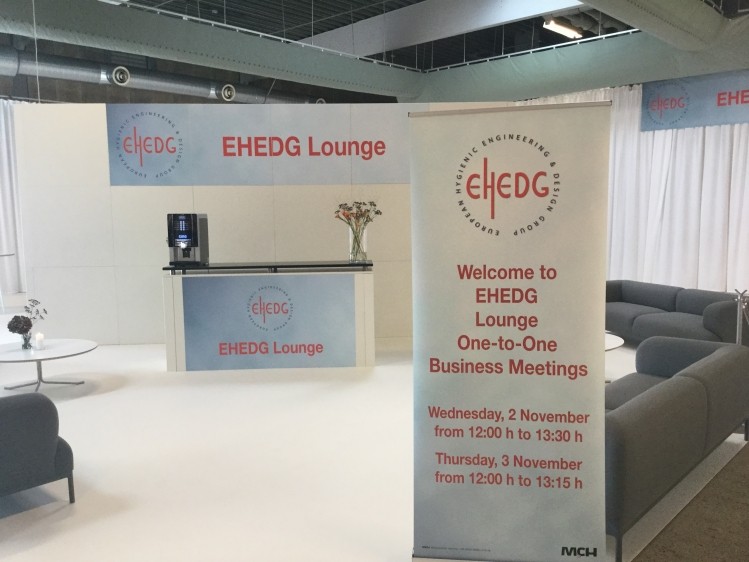
The EHEDG World Congress on Hygienic Engineering & Design took place in Herning, Denmark.
The European Hygienic Engineering & Design Group event was about hygienic engineering of equipment and facilities for safe production and processing of food and related products.
Peter Overbosch, formerly of Metro in The Netherlands, said the food safety world follows GFSI standards and EHEDG is not represented but could add value.
There is a ‘need and opportunity’ for EHEDG to link to GFSI schemes and audits, he added.
“Standards and audits idea started to take shape in the early 1990’s. [It was] driven by the need to assure compliance and safety of food products (global brands) everywhere. They were generic in the first instance with all requirements applying to all products/manufacturing sites.
“It got more specific towards products/processes later [with] GMP/HACCP. Applied internally first and towards suppliers secondly – there was no retailer involvement and little contact between manufacturers - everyone did their own thing. In the late 90’s large retailers started their own formats, proliferation of schemes with no manufacturer involvement.”
GFSI was accepted by Tesco, Wal-Mart, Metro, Carrefour, Migros, Roya Ahold, Loblaw and Delhaize in 2005 bringing (retailer) standards under one roof. In the mid 2000’s manufacturers responded and US manufacturers proposed their own scheme called GMA-SAFE.
Overbosch added in 25 years standards and auditing has gone from optional to mandatory, from highly fragmented to united under the GFSI flag and from one size fits all to modular approaches.
Nestlé on hygienic design
Laurence Blayo of Nestlé said the final purpose of hygienic design is to produce safe food for consumers.
“Poor hygienic engineering can lead to foreign bodies, intoxication/foodborne infection, chemical hazard and allergic reaction. Whenever we talk about food safety we cannot have an efficient system if we do not take into account hygienic engineering.”
She said this applies to raw materials and packaging materials, lines and equipment and finished product which is why they have specifications, a system to approve suppliers and acceptance tests for raw materials.
The manufacturer must know the profile and risks of products they manufacture and monitor all food safety parameters including equipment design, citing an example of infant formula and pet food production not having the same requirements, said Blayo.
It is the food manufacturers’ responsibility to buy properly designed, easily cleaned equipment and maintain it in a sanitary condition, she added.
Nestlé has a technical specification package including project and line specifications, machine user requirement specification and a mechanical and hygienic design section of 52 pages.
In terms of making sure requirements are met it is important to work with approved suppliers, audit sites producing lines or equipment, have two way communication from the idea to start-up of the line, do a FAT (factory acceptance test) at the supplier factory before shipping the machine and a SAT (site acceptance test) at the manufacturing site.
Hygienic design thought process
Jan Gerrits, a consultant in the Netherlands, said there are different types of processing in the meat industry from open processing, batch to inline processing, manual, mechanized and automated and phases of activity such as production, cleaning, maintenance and repair.
“I see often companies do high pressure cleaning and blowing stuff around 20-30 metres. Large companies have a lot of procedures but actual practice can be different.”
Gerrits said meat specialists and technologists are seldom involved in the design of machinery for industry and avoiding mechanical risks has priority above curing hygienic risks.
He added this means lacking in the design is knowledge of processes and consequences, in regards to risks for contamination.
Future developments in hygienic design in the industry include people being less involved as cutting is measured and done automatically, vision sensors and x-ray growth and quality control and inspections being computer controlled and automatically adjusted.
Sanya Vidacek, of University of Zagreb, said Listeria has a high prevalence in fish and processing is the main re-contamination route.
To handle the issue a processor must clean and disinfectant the facility but this is not always done properly, she added.
The industry is mostly open processing but has some closed areas and is often 24 hour production shifts: so two shifts and third shift cleaning with often limited space available.
Processing environment is normally wet and sometimes salty which has an impact on materials and cleaning agents.
Things to consider during installation include slopes, ventilation, drainage, minimum clearance from walls and floors between equipment, distance from drainage and between drainage channels.
The conveyor must be constructed to function in a wet, damp environment and operate in a temperature between 0-4 degrees Celsius.
Urzula Gawrylak of Kanes Foods said challenges to hygienic design in the fresh produce sector included historical design issues and previous modifications meaning the design does not always suit what is required in terms of cost, access, installation and health and safety requirements.
She added fastenings such as exposed screw threads, nuts, bolts, screws and rivets are examples.
Gawrylak said it installs cabinets with slopes to avoid contamination build-up and advised bearings should be mounted outside the product area to avoid contamination.
- Stay tuned for part 2 of the our report from the EHEDG congress which will be online soon

